|
By Sydney Shepherd, Ontario Piping Plover Conservation Technician, Birds Canada Piping Plover are a small, sandy coloured shorebird that is listed as endangered both federally and provincially. After a 30-year absence, Piping Plover returned to the shores of Ontario in 2007. As invertebrate-eating carnivores and habitat specialists, they are considered an indicator species. Their presence (or absence) sends us signals about the health of their habitats. So, where you see Piping Plover, you know you’re on a healthy beach.
How can you help Piping Plover and support beach biodiversity? Piping Plover nest on some of Ontario’s most visited beaches like Wasaga Beach! The most important thing we can do to help Piping Plover reach success each nesting season is by learning how to share the shore. Piping Plover nesting areas will be fenced off once eggs are found. In these areas, it’s important to respect signage, keep domestic pets off the beach and play games like volleyball, frisbee or other beach sports further away from the fencing. Piping Plover adults need this space to incubate their eggs without disruption. If adults are flushed off the nest, their eggs are left vulnerable to predators. Piping Plover chicks are also flightless for the first three weeks of their life. The fenced of nesting area provides them with a safe space to retreat on busy beach days. Chicks feeding without disruption has been shown to aid in their speedy growth and ultimately leads to a greater probability of survival and migration. Sharing the shore also means ensuring we keep our beaches clean! After a beach day, make sure to take all our garbage with you. And while you’re enjoying a tasty beach snack, don’t forget to keep that all to yourself! Feeding the wildlife is not only detrimental to their health, but also draws in extra predators which can be a large threat to Piping Plover populations. And, if you live near one of Ontario’s Piping Plover nesting beaches, consider becoming a volunteer! Volunteers are our eyes and ears on the beach. They collect valuable data and population metrics, as well as provide boots-on-the-ground outreach to Ontario’s beachgoers. Our volunteers are a vital component of the conservation initiative and truly make a large difference in Piping Plover nesting success each year. If you’re interested in becoming a volunteer, please sign up here. For more information on the Ontario Piping Plover Conservation Program, you can follow us @OntarioPlovers on Facebook, Instagram, and Twitter. To report a siting of a Piping Plover, email [email protected].
0 Comments
Leave a Reply. |
AuthorWrite something about yourself. No need to be fancy, just an overview. Archives
July 2024
Categories |
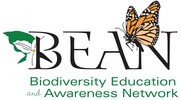
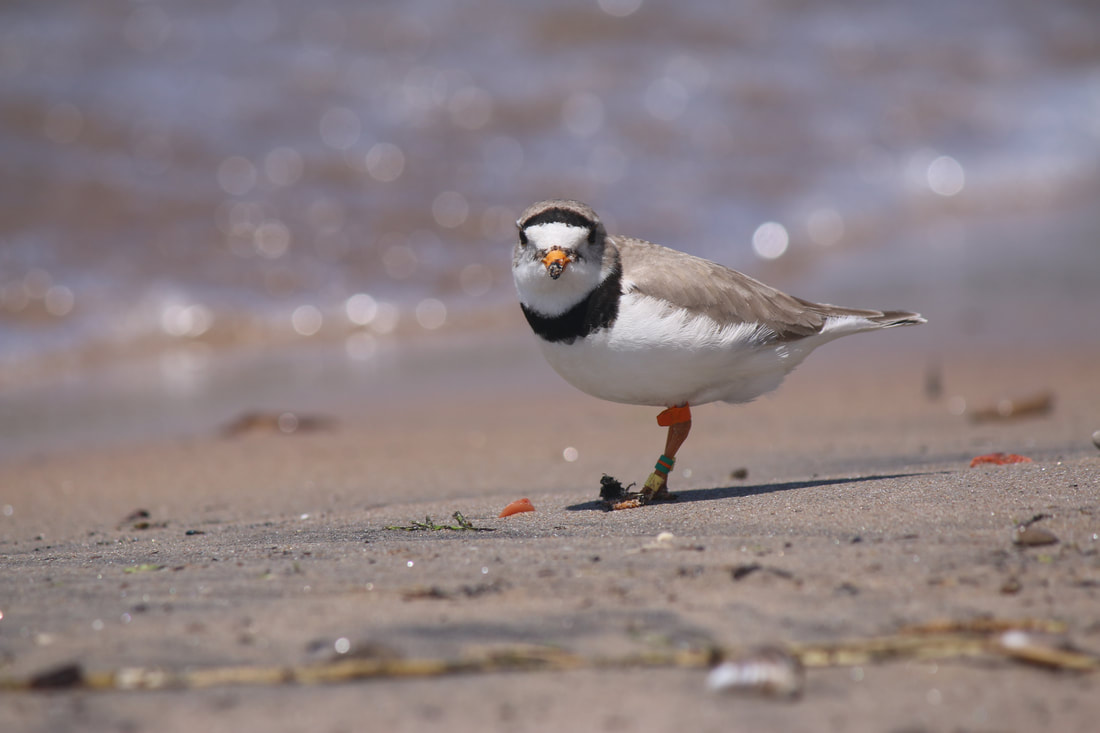
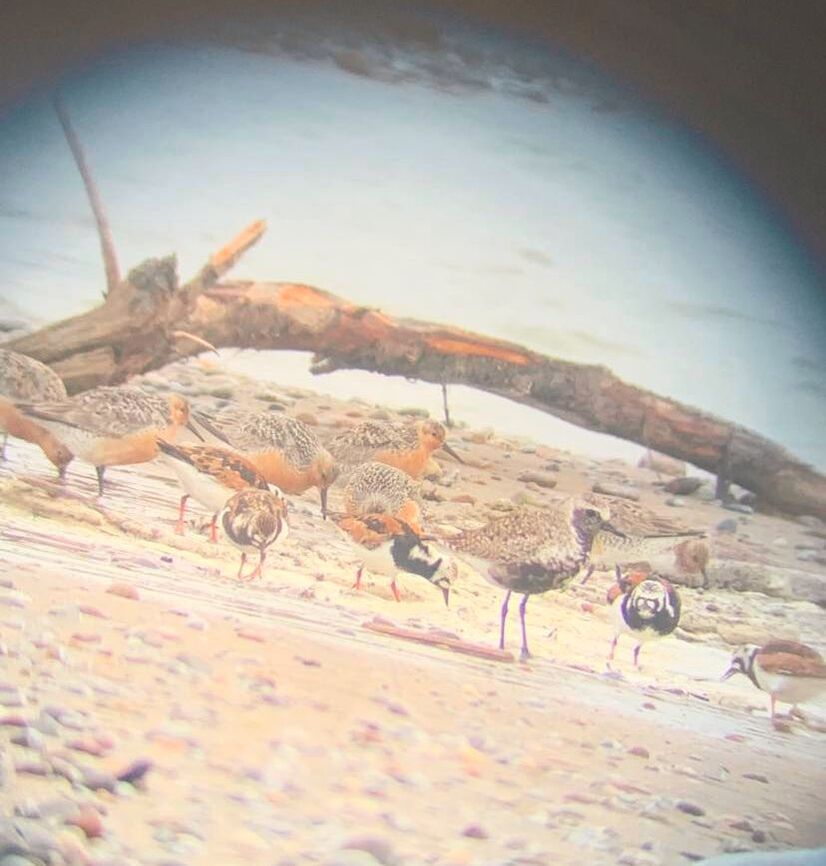
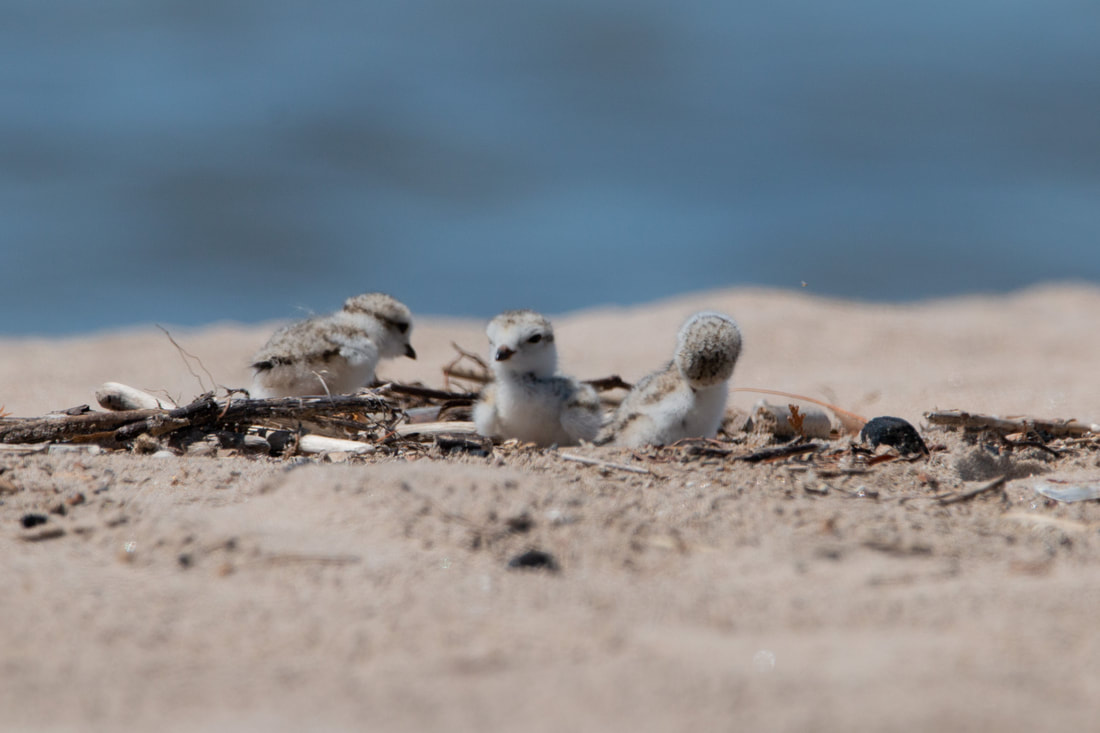
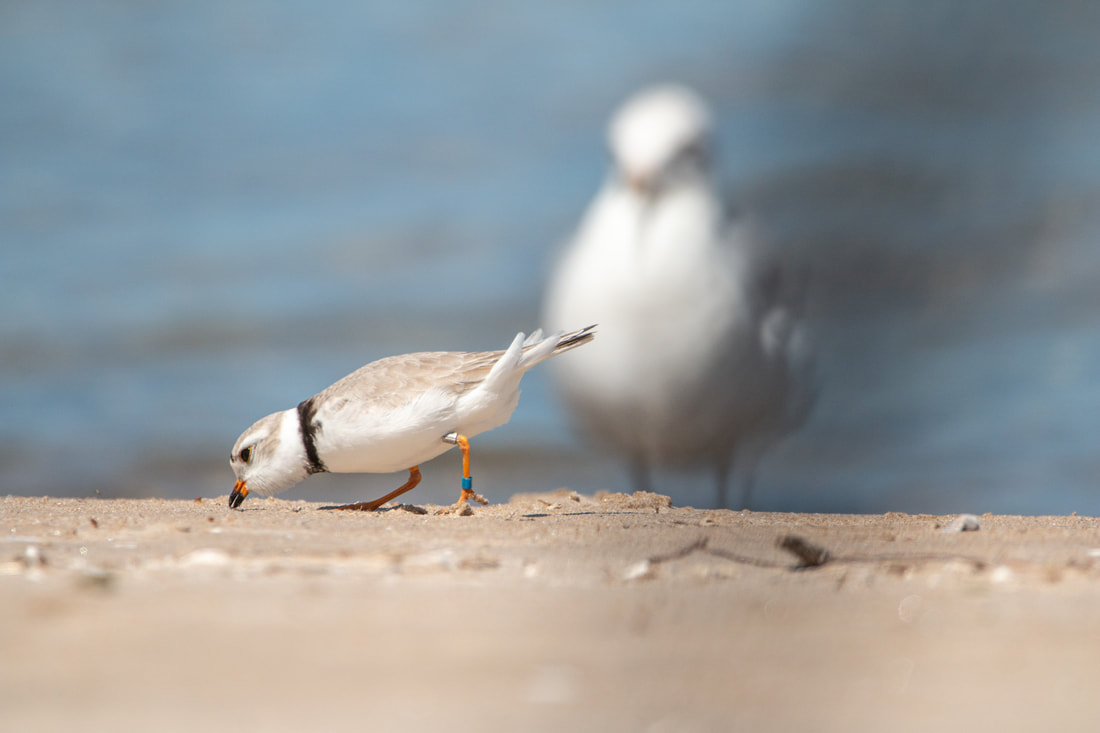
 RSS Feed
RSS Feed
